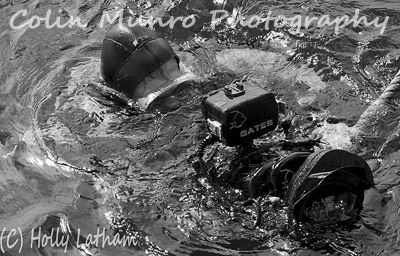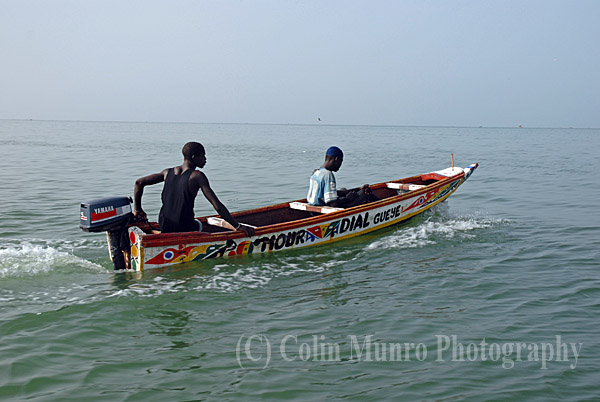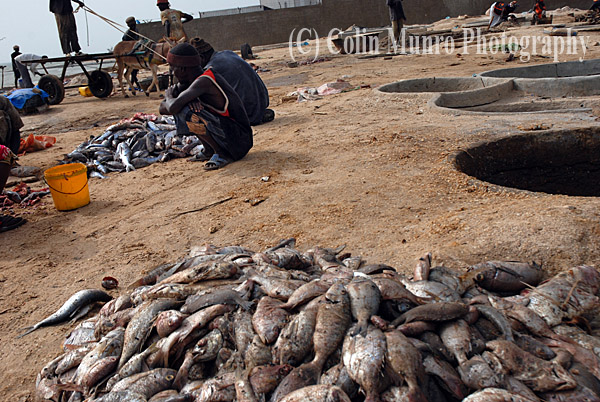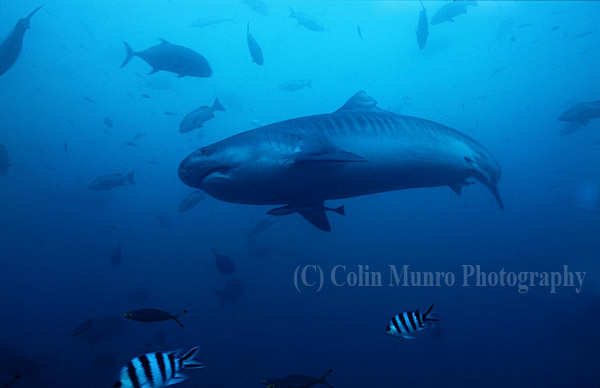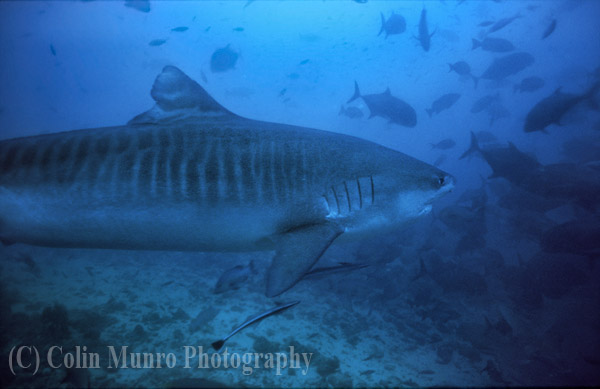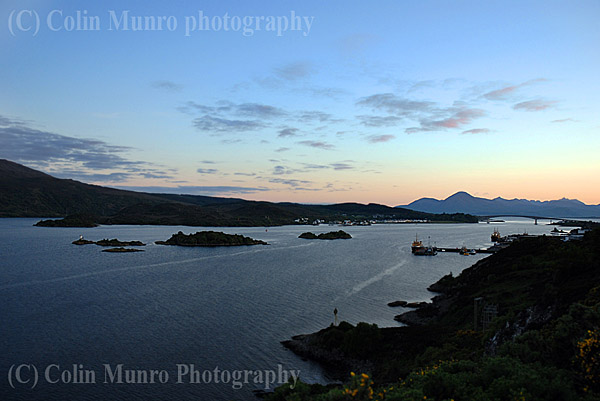I last visited Garissa more than 30 years ago. It was a fairly wild journey to get there; three days waiting in Isiolo for an armed convoy to pass through, clambering on top of a load of grain sacks in the pitch dark early hours to join twenty-odd displaced Ethiopians, Kenyans and Somalis crouching precariously on an overloaded and ancient truck; hours spent standing alone in searing heat before being picked up by a passing Norwegian family working for VSO, then 90 long minutes hanging on the the cab rail on the back of a pickup driven by two crazy young Indian traders driving as if Somali shifta were on there tail (who knows maybe they were, few risked driving in this region without military escort at that time). I arrived in Garissa late afternoon, with still a couple of hours daylight remaining. I was young and brash then, I knew little of the politics of the region or the hardships of the local people; I was pissed because there was no beer in the town to be bought. I was coated in a layer of red desert dust and, after 10 hours on the back of open vehicles felt as dessicated as if I’d been in a drying oven. As far as I was concerned Garissa was just a transit point for me, one I hoped I wouldn’t be spending too much time in. I wandered past the truck stop, chatted to a few drivers and quickly ascertained that no-one was going anywhere soon, so I wandered to the end of town to pitch my tent. I was quickly disabused of this idea when a military truck pulled up and several soldiers informed me that it was too dangerous to camp out here. A little over an hour later I was sipping coffee sitting in my tent inside the military compound, surrounded by ten foot barb wire fences, surveying my supplies: coffee, margarine and some rather old bread. Jeez, this is going to be along night, I can’t even wander in to the local chai shops and chat to the truck drivers. As it happened I was quite wrong. I had barely finished my coffee when a young soldier walked up and announced that the camp commander wished to see me. This are going from bad to worse I thought; now I was about the get a dressing down for my stupidity and probably have my papers scrutinised in minute detail for errors. Not so! The commander was a young guy, no more than ten years older than me, from Nairobi; he appeared to feel as out of place here as I did and had seized upon the opportunity to discuss things other than the price of cattle or the latest incursions of shifta with someone from outside this dry and dusty world. I had a most entertaining evening learning about George Adamson’s encampment nearby (Kora, where George released lions was just a few miles away); Joy Adamson’s temper and temperatment and the problems cre3ated by lack of security in the region. A quite surreal touch was added when I first arrived at the commander’s lodge by a young Somali prisoner who was also in the building being questioned. He immediately began protesting that his handcuffs should be removed, as it was embarressing to be so shackled when a foreigner (especially a white person) was present.
I have always retained fond memories of Garissa, despite seeing little of the town. Garissa appears to have expanded enormously in that time; tarmac road have appeared and multi-storey buildings. But life is now probably harder than ever. Security is still a problem, twin grenade attacks on a local restuarant and the local prison occured in the town just four days ago, but that is not the main problem. Northern Kenya is in the grip of the worst drought in half a century. Displaced pastoralist tribespeople live in makeshift huts around the periphery of the town. Cattle, the sole income for many, are dying in their hundreds, thousands of families are now dependant on food aid, children no longer go to school as families move in search of water. In the attention-deficit disorded media world, such slow grinding misery rarely makes the news, yet the drought goes on. There are however, projects working to change this situation. One of the best seems to be the Tana River Drought Recovery Project, managed by Kenya’s Red Cross (Facebook album)
More information at dowser.org
Colin
